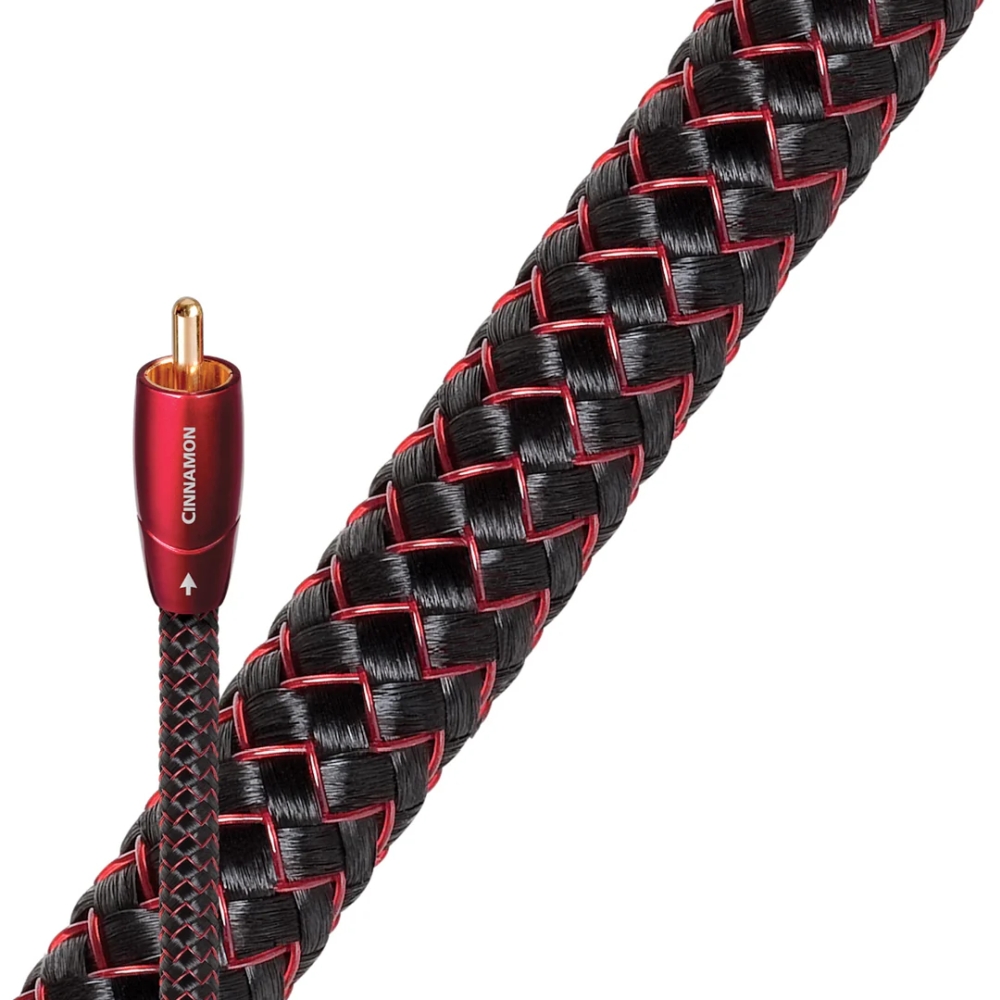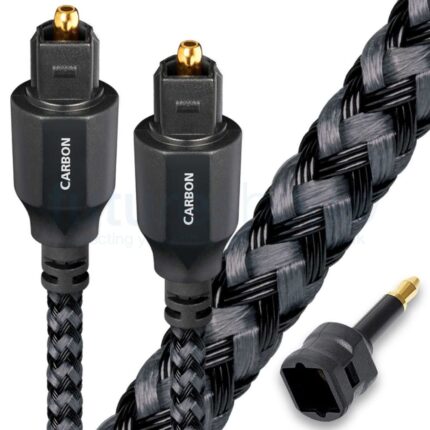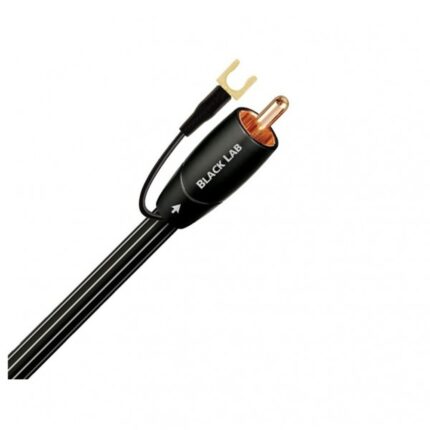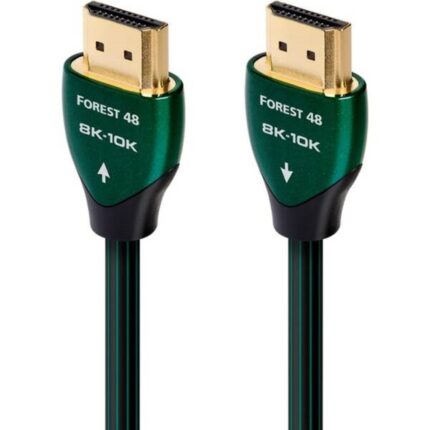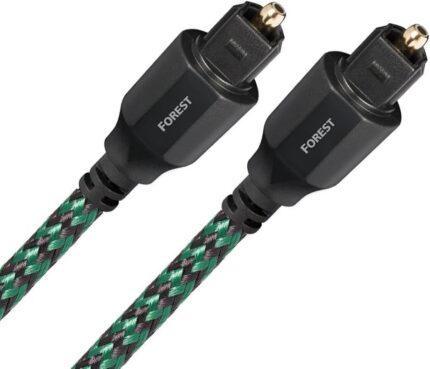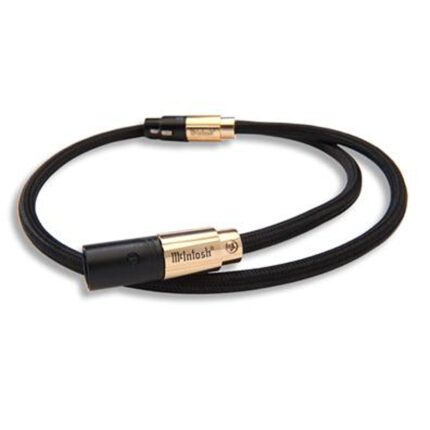AUDIOQUEST DIGITAL COAX CINNAMON 1.5m
4.990 ден
AUDIOQUEST DIGITAL COAX CINNAMON
Cinnamon Coax features high-purity Solid 1.25% Silver conductors and a Metal-Layer Noise-Dissipation system for the most efficient dissipation of radio-frequency noise.
На залиха
AUDIOQUEST DIGITAL COAX CINNAMON 1.5m
Solid 1.25% Silver Conductors
Solid conductors minimize the harmful effects of both electrical and magnetic strand-to-strand interaction. For digital cables, whose signals are of such high frequency that they travel almost exclusively on the surface of the conductor, increasingly thick layers of silver plating are applied to AudioQuest’s Long-Grain Copper (LGC) conductors to further improve Noise-Dissipation. Placing the superior metal on the outside of the conductor produces the greatest benefit on overall performance—a superbly cost-effective way to maximize a digital cable.
Metal-Layer Noise-Dissipation
It’s easy to accomplish 100% shield coverage. Preventing captured radio-frequency interference (RFI) from modulating the equipment’s ground reference requires AQ’s Noise-Dissipation. Traditional shield systems typically absorb and then drain noise/RF energy to component ground, modulating and distorting the critical ‘reference’ ground plane, which in turn causes a distortion of the signal. Noise-Dissipation ‘shields the shield,’ absorbing and reflecting most of this noise/RF energy before it reaches the layer attached to ground.
Hard-Cell Foam Insulation
Hard-Cell Foam (HCF) Insulation ensures critical signal-pair geometry. Any solid material adjacent to a conductor is actually part of an imperfect circuit. Wire insulation and circuit board materials all absorb energy. Some of this energy is stored and then released as distortion. Hard-Cell Foam Insulation is similar to the Foamed-PE used in our more affordable Bridges & Falls cables, and is nitrogen-injected to create air pockets. Because nitrogen (like air) does not absorb energy and therefore does not release any energy from or into the conductor, distortion is reduced. In addition, the stiffness of the material allows the cable’s conductors to maintain a stable relationship along the cable’s full length, producing a stable impedance character and further minimizing distortion.
COLD-WELDED, GOLD-PLATED TERMINATIONS
This plug design allows for a connection devoid of solder, which is a common source of distortion. Instead of solder, the process employs a high-pressure technique. Because the ground shells are stamped instead of machined, the metal used can be chosen for low distortion instead of machinability.

